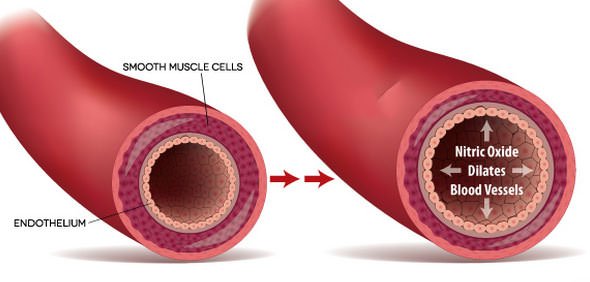Wake Forest University Publishes Mechanism Of Action Reseach
H‑Wave Induces Arteriolar Vasodilation in Muscle via
Nitric Oxide-Mediated Mechanisms
Thomas L Smith a leading vascular researcher from Wake Forest University has published an article on the Mechanisms of Action of the H‑Wave Device. In September of 2009 the Journal of Orthopaedic Research published an article entitled:
H‑Wave induces arteriolar vasodilation in rat striated muscle via nitric oxide-mediated mechanisms.
The researched hypthesized that H‑Wave (HWDS) induces arteriolar dilation, a mechanism involved in the healing process. Acute effects of HWDS on striated muscle arterilar diameters were stuided. In a separate cohort, the role of nitric oxide (NO) in the response to HWDS was assessed by blocking NO.
HWDS resulted in significant arteriolar vasodilation. The arterioles in the sham animals demonstrated no changes in diameter. In addition, lack of arteriolar dilation following HWDS with blockade of NO production suggests that NO plays a role in the microvascular response to HWDS.
The authors states that these studies suggest that arteriolar vasodilation accompanying HWDS may result in increased perfusion, contributing to the observed therapeutic effects of HWDS.

